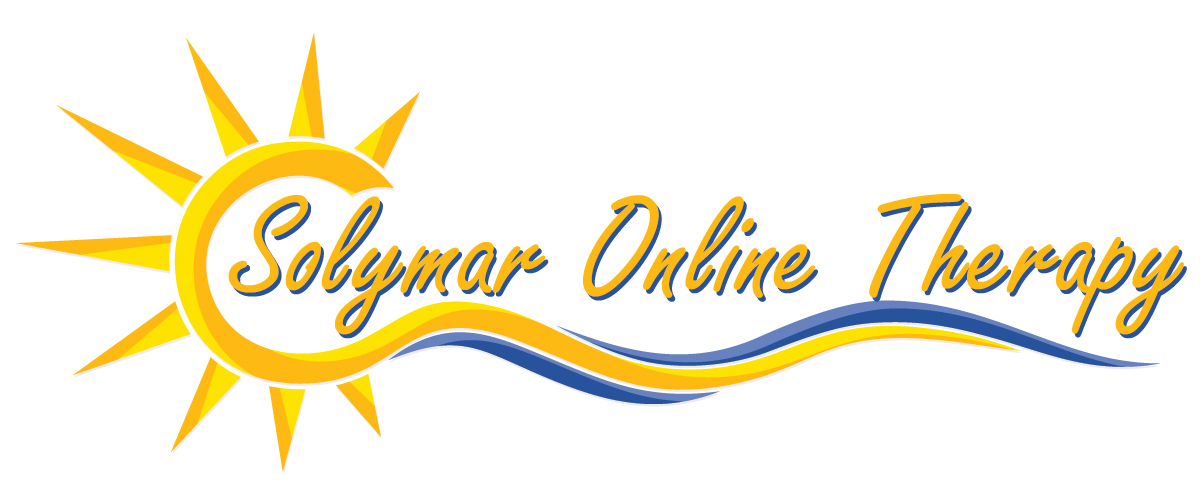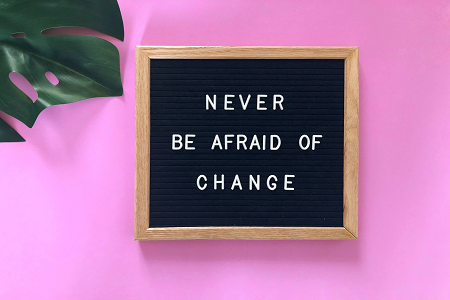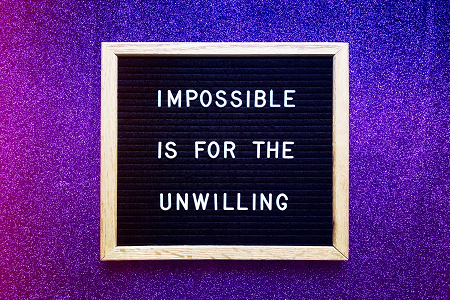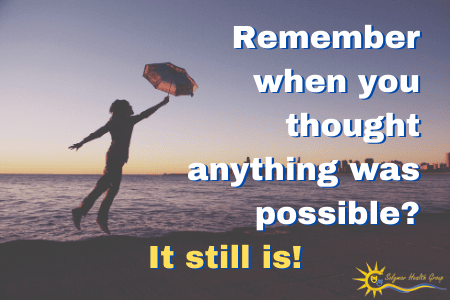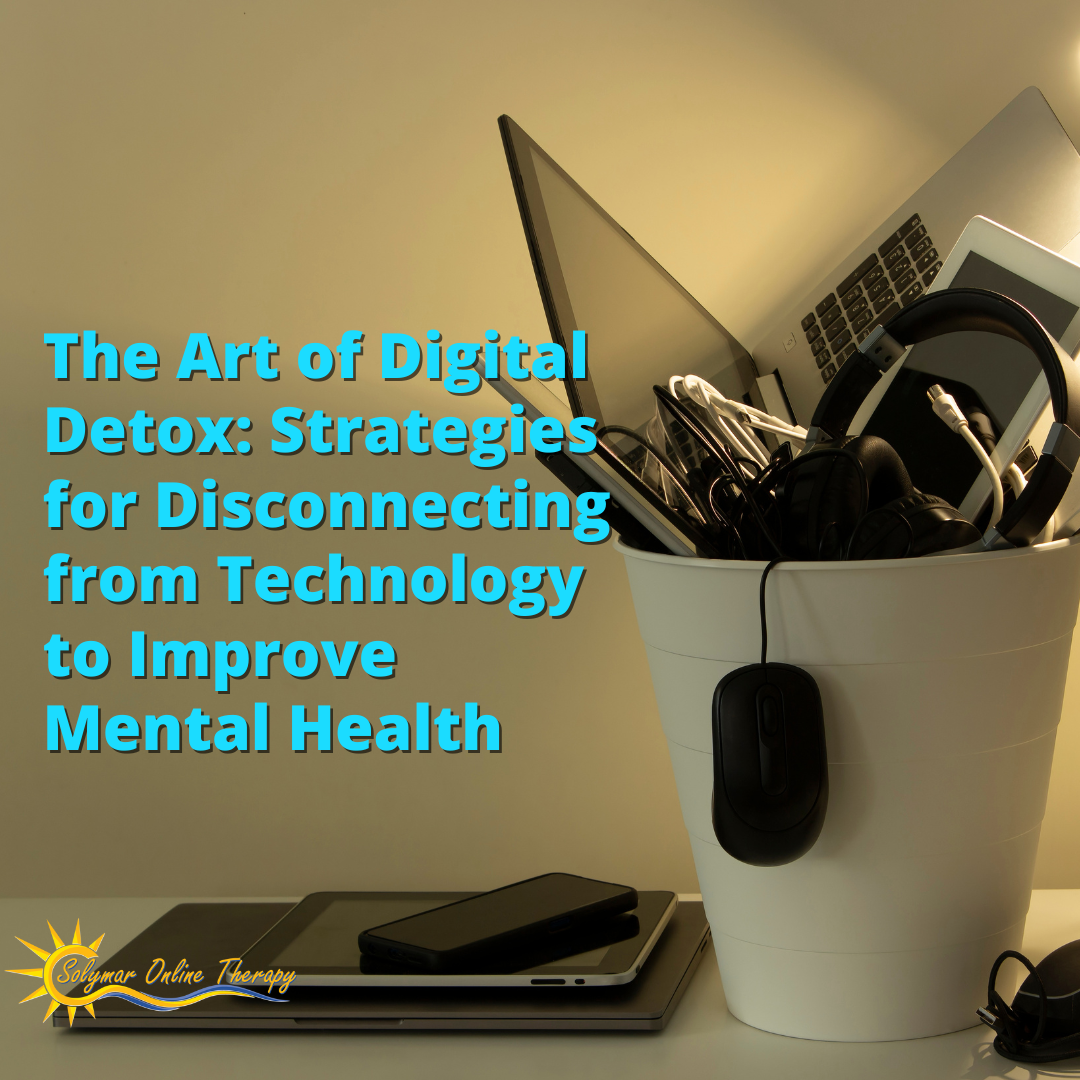 In an age dominated by digital technology, our lives have become intrinsically intertwined with screens, notifications, and constant connectivity. While technology has undoubtedly brought numerous conveniences and advancements, it has also led to a new set of challenges, particularly in terms of mental health. The concept of a "digital detox" has emerged as a way to counteract the negative impacts of excessive screen time and constant online engagement. In this article, we will explore the art of digital detox, its significance for mental health, and effective strategies for disconnecting from technology.
In an age dominated by digital technology, our lives have become intrinsically intertwined with screens, notifications, and constant connectivity. While technology has undoubtedly brought numerous conveniences and advancements, it has also led to a new set of challenges, particularly in terms of mental health. The concept of a "digital detox" has emerged as a way to counteract the negative impacts of excessive screen time and constant online engagement. In this article, we will explore the art of digital detox, its significance for mental health, and effective strategies for disconnecting from technology.
Understanding the Need for Digital Detox
The proliferation of smartphones, social media platforms, and digital devices has transformed the way we interact with the world around us. However, this constant connectivity has been linked to a range of mental health issues, including increased anxiety, stress, and even depression. The need to be always accessible, to keep up with social media updates, and to respond instantly to emails has created a state of perpetual alertness that can be emotionally and mentally draining.
Research has shown that excessive screen time can disrupt sleep patterns, contribute to feelings of isolation, and hinder our ability to focus. The blue light emitted by screens can interfere with the production of melatonin, a hormone essential for regulating sleep. Moreover, the constant stream of information and social comparison on social media platforms can lead to feelings of inadequacy and negatively impact self-esteem.
Benefits of Digital Detox for Mental Health
Engaging in a digital detox can offer a range of mental health benefits, providing a much-needed reprieve from the constant demands of digital devices. Some of the key advantages include:
-
Improved Sleep Quality: By reducing screen time before bed, individuals can experience better sleep quality and a more restful night's sleep.
-
Reduced Stress and Anxiety: Disconnecting from the online world allows individuals to escape the pressures of constant notifications and updates, leading to reduced stress and anxiety levels.
-
Enhanced Focus and Productivity: A digital detox can help individuals regain their ability to focus on tasks without the distractions of notifications and the temptation to check devices.
-
Stronger Interpersonal Connections: Spending less time online encourages face-to-face interactions and fosters deeper, more meaningful relationships.
-
Increased Mindfulness: Disconnecting from technology encourages mindfulness and being present in the moment, leading to greater self-awareness and reduced rumination.
Strategies for an Effective Digital Detox
Embarking on a digital detox doesn't necessarily mean completely disconnecting forever; rather, it's about finding a healthy balance between online and offline activities. Here are some strategies to consider:
-
Set Clear Intentions: Define your goals for the digital detox. Whether it's reducing screen time, reestablishing control over your device usage, or focusing on more meaningful activities, having clear intentions will guide your detox process.
-
Designate Tech-Free Zones and Times: Establish specific areas in your home and specific times of day when you will be free from digital devices. For example, the dining table and the first hour after waking up could be designated as tech-free.
-
Turn Off Non-Essential Notifications: Evaluate the notifications you receive and turn off those that are non-essential. This minimizes distractions and the constant urge to check your device.
-
Practice Mindfulness and Meditation: Engage in mindfulness exercises and meditation to help you stay present and reduce the urge to constantly check your phone.
-
Engage in Physical Activities: Fill your time with physical activities you enjoy, such as walking, exercising, or pursuing a hobby. This not only keeps you engaged but also positively impacts your overall well-being.
-
Plan Analog Activities: Rediscover analog activities like reading physical books, drawing, or engaging in face-to-face conversations. These activities can be deeply satisfying and provide a break from digital screens.
-
Utilize Apps for Detox: Ironically, there are apps available that can help you manage your screen time. These apps can track your device usage and set limits to help you gradually reduce your dependency.
-
Communicate Your Intentions: Inform friends, family, and colleagues about your digital detox so they understand your reduced responsiveness during this period.
-
Reflect on Your Experience: At the end of your digital detox, take some time to reflect on how you felt during the process. Did you experience any positive changes in your mental state or overall well-being?
Sustaining the Benefits of Digital Detox
The benefits of a digital detox can be short-lived if we immediately revert to our old habits after the detox period. To sustain the positive changes, consider implementing the following practices:
-
Set Screen Time Boundaries: Even after the detox, establish daily screen time limits that align with your intentions. Stick to these boundaries to prevent falling back into excessive screen time.
-
Practice Regular "Tech Sabbaths": Dedicate one day a week as a "tech Sabbath" where you completely disconnect from digital devices. Use this day to engage in meaningful offline activities.
-
Prioritize Sleep Hygiene: Continue to prioritize healthy sleep patterns by limiting screen exposure before bedtime and creating a calming bedtime routine.
-
Engage in Regular Check-Ins: Periodically evaluate your screen time and digital habits. If you notice them creeping back to unhealthy levels, take proactive steps to address the issue.
-
Cultivate Mindful Consumption: When you do use technology, do so mindfully. Consume content that adds value to your life rather than mindlessly scrolling through endless feeds.
In Conclusion
The art of the digital detox is about reclaiming control over our relationship with technology and, in turn, improving our mental health and overall well-being. As the digital landscape continues to evolve, it's crucial to strike a balance that allows us to harness the benefits of technology without sacrificing our mental and emotional health. By implementing strategies for disconnecting from technology, setting boundaries, and practicing mindfulness, we can truly master the art of the digital detox and enjoy the positive effects it brings to our lives.
Hashtags: #DigitalDetox #MentalHealthMatters #TechnologyBalance #Mindfulness #ScreenTimeStrategies #StressReduction #WellBeingJourney #DisconnectToReconnect #HealthyHabits #TechDetoxTips
